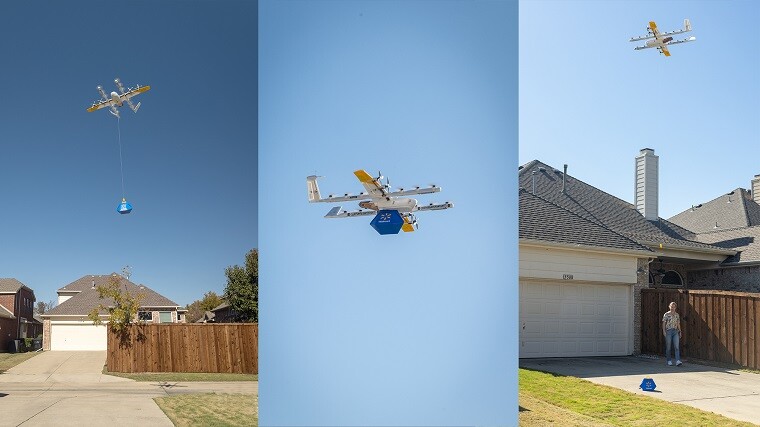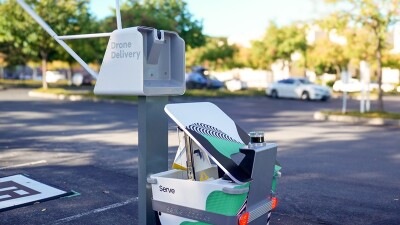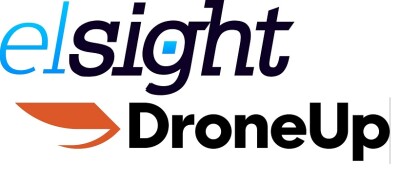Walmart’s recent announcement that they will expand drone delivery operations in the Dallas-Fort Worth (DFW) area of Texas with Wing and Zipline are clear signs that major drone delivery companies and leading retailers are committed to bringing more UAV-based services to more and more customers.
Last August, Wing and Walmart began providing drone delivery service to some 60,000 customers located within a six-mile sector in the DFW area, stemming from “nests” in Frisco and Lewisville.
Recently, Wing received environmental approval from the FAA to provide drone delivery service in the entire DFW metro. Now, according to Walmart, drone delivery by Wing will be available to “up to 75%” of the DFW population.
The announcement once again demonstrates that customers are demanding drone delivery services and companies in both the drone and retail spaces are finding ways to meet that demand. Last year, for example, Amazon stated that it would expand its Prime Air drone delivery system in Italy and the UK in and add an additional US city to the two communities it currently serves. Central to this expansion is the deployment of the new MK30 drone. According to Amazon, the vehicle “can fly twice as far as previous Prime Air drone models,” allowing for an expansion of the company’s fulfillment networks.
Additionally, Zipline, a long-standing leader in drone delivery, announced last year the introduction of its new delivery drone, the P2 Zip. Featuring an autonomous droid that is lowered by a tether to enable safe and accurate delivery, the P2 Zip can carry packages of up to eight pounds and fly within a ten-mile radius. With this new vehicle, Zipline hopes to expand its already robust delivery operation, which has flown more than 45 million commercial autonomous miles to date.
These moves and many others show that the demand for drone delivery services is growing and that money can be made in the sector. In 2022, according to a report on the worldwide drone package delivery market by Market.us, “market revenue reached USD 1,332.0 billion in 2022” and sales in the sector “are estimated to total USD 1,964.7 billion in 2023.” Over the next ten years, the report said, “the market is poised to grow at 47.5% CAGR,” and “(R)evenue will likely reach USD 64,926.9 billion by 2032.”















Comments